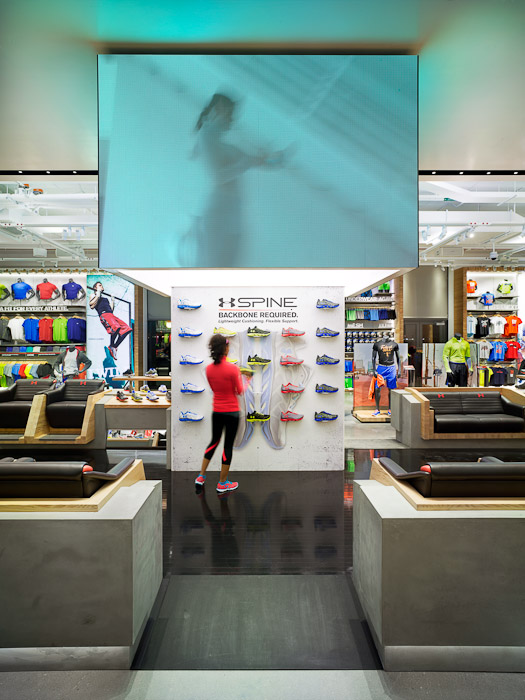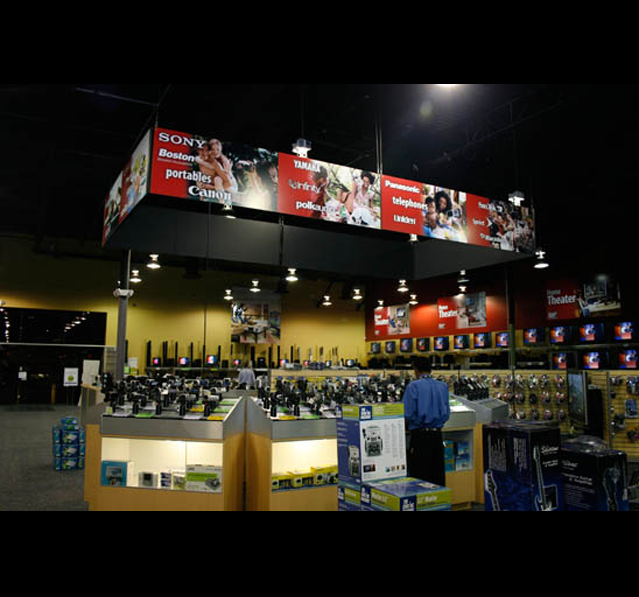What the heck is SEO? SEO, or Search Engine Optimization, is a series of strategies intended to improve individual rankings on search engines, whether you’re searching “handymen in my area” or “organic grocery stores” or “athletic shoes near me.” It’s simultaneously intuitive and selective, and it’s absolutely essential to do well in the retail biz. So why is SEO for retailers so important?
Many retailers mistakenly believe SEO is only necessary for eCommerce sites, but brick-and-mortar retail stores will benefit from a great online presence; more online traffic typically translates to more foot traffic.
81% of shoppers research online before they head to the store to buy. 75% of consumers purchase using the results of one of their first three clicks.
And ranking highly on Google, the primary search engine worldwide by a landslide, is even better. The first result of any query on Google has a 43.3% click-through-rate (CTR), the second is 37.4% and the third is 30%. A higher CTR means more visitors and more sales.
Think of your own online search and shopping experiences. How many of the searches do YOU click through before stopping? If you’re like most people, you stop after three, and sooner if you’ve found what you were looking for.
Now consider that there are more than 1.5 billion websites on the internet and 56.5 billion web pages indexed through Google. That is a LOT of sorting and searching that Google needs to do every time someone types in a query.
So let’s take a look at the basic SEO steps necessary to get consumers to stop and notice you, to boost your retail website ranking and to drive more sales.
1. KEYWORDS. Successful SEO campaigns begin with keyword research. Think about what your customers might type in when they’re looking for what you offer. Be specific. People don’t type in “appliances” or “fitness.” They type in “stainless steel refrigerators” or “hot yoga studio.” You can also use keyword research tools like KeywordsFX and Keyword Tool to help you discover the keywords and phrases people search online to find the products you sell.
2. PAGES. Websites with more pages tend to rank higher than those with fewer pages. As a retailer, this is an advantage for you since each product or service can be its own page. You can also add in a blog page where you post interesting content, a testimonials page featuring happy customer reviews, and new or featured products pages where you post the latest and greatest you have to offer. Updating your site to keep it fresh boosts its SEO. Be aware, however, of just stuffing pages onto your website. SEO is nuanced and savvy – quality trumps quantity and “it” can tell if you’re adding filler.
3. IMAGES. Help yourself by including keywords in the file name and alt text of each photo on your site, even non-product photos. It helps search engines determine what is featured in your photos and can play a role in improving your rankings. It can also help your images rank in searches for relevant keywords.
4. CONTENT-SHARING. Don’t forget to make your content shareable. Having shareable content doesn’t directly affect your SEO efforts or rankings, but it increases your visibility and your audience. Adding “share” buttons on each page of your website makes it easy for visitors to easily share their interesting finds with their friends. Don’t overlook this invaluable tool – make it EASY to share and it will be shared, your site will be visited, and your rankings will rise.
5. MOBILE OPTIMIZATION. As a retailer, you have to think about mobile. Over 65% of millennials shop on their smartphones daily. The numbers are only slightly lower as the age group goes up, and the percentages are increasing every month. Everything you do online must be mobile-responsive. That means your site must be speedy, your images ought to be clear, your layout needs to be simple, and text should be large and easy to read.
6. REVIEWS. Customer reviews are critical for boosting SEO. The trick is getting customers to leave an online review after leaving a brick-and-mortar store. You can ask employees to request/remind customers fill out a review when they are checking out. You can also include links in your email marketing to your local search platform profiles. Be sure to link to your review profiles on your website – and there’s nothing wrong with a reminder banner at the top of your splash page to “Tell us about your visit!” A local store near me offers entry into a drawing every week for a $20 gift card for anyone to visit their website and enter the amount they spent in the store. After they enter their amount, it prompts them to leave a review. Easy peasy!
If you aren’t using SEO as part of your retail marketing strategy, you are missing out on one of the most effective and tactical plans to grow your sales. Begin with these simple steps to attract more traffic and drive more business.
Photo by Melanie Diziel








